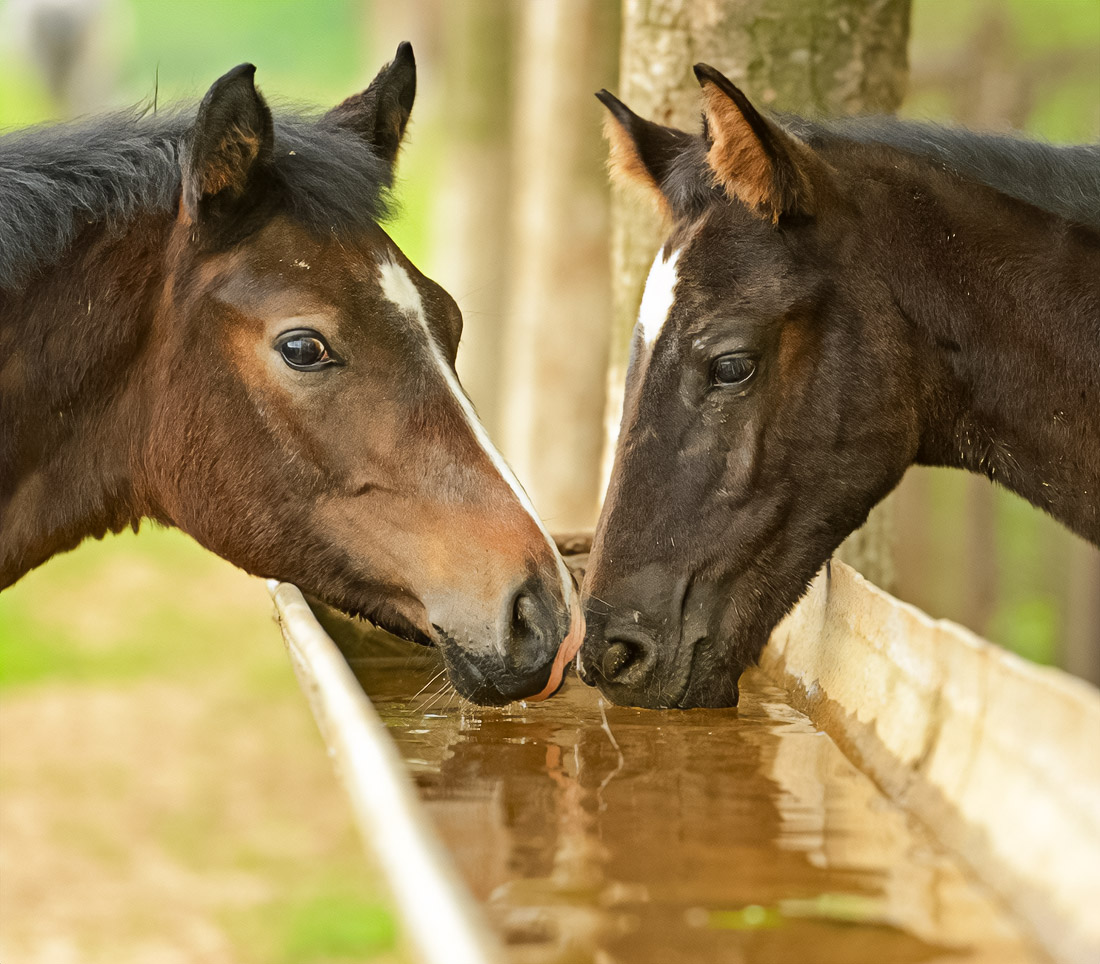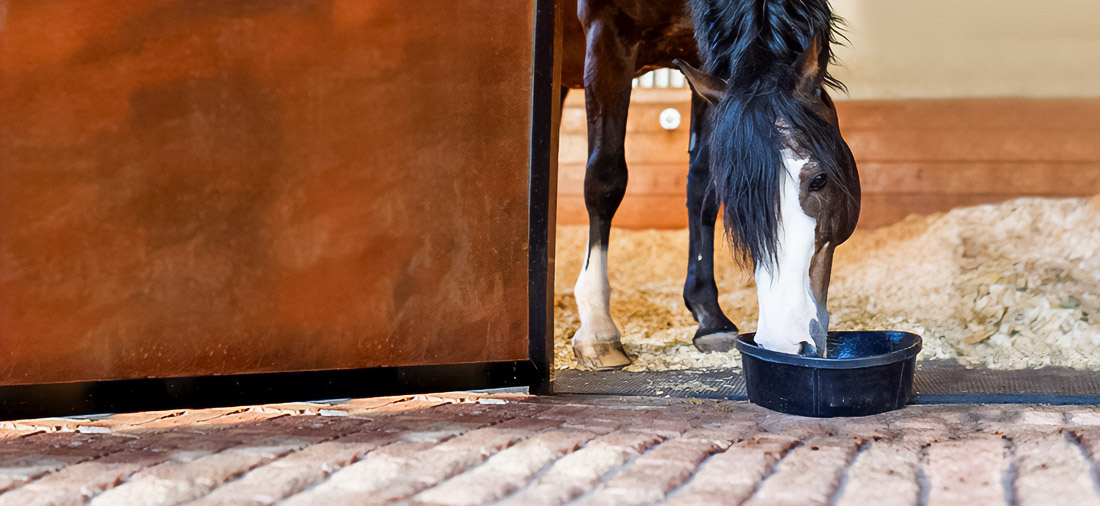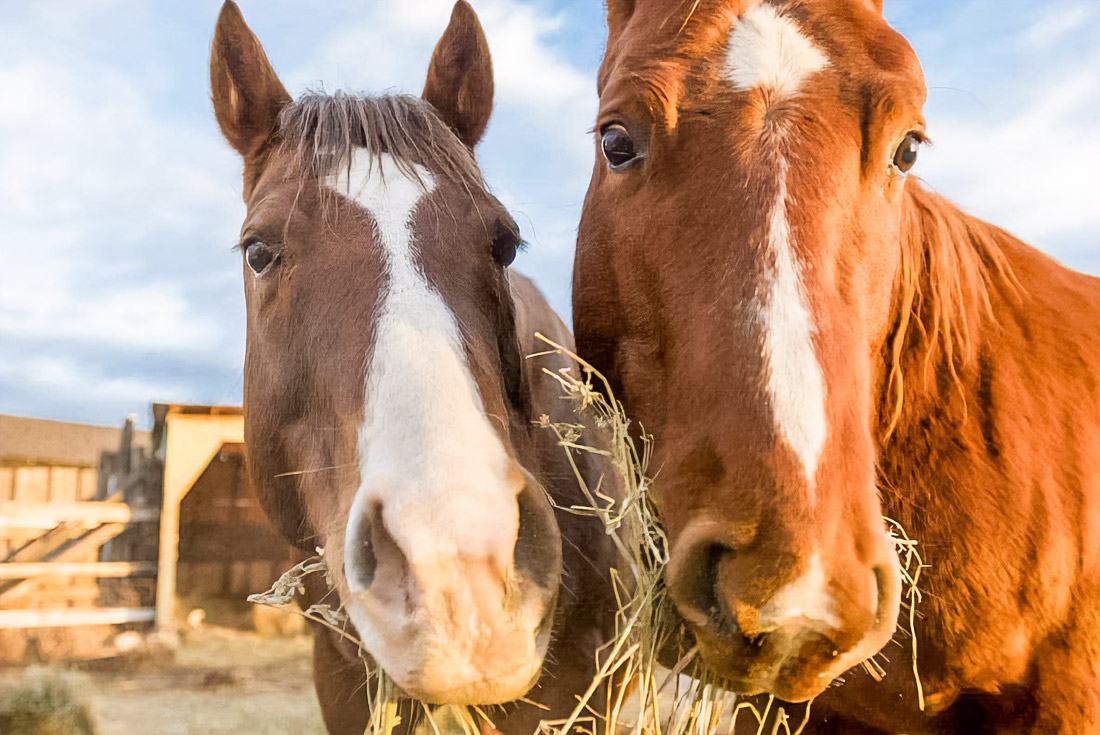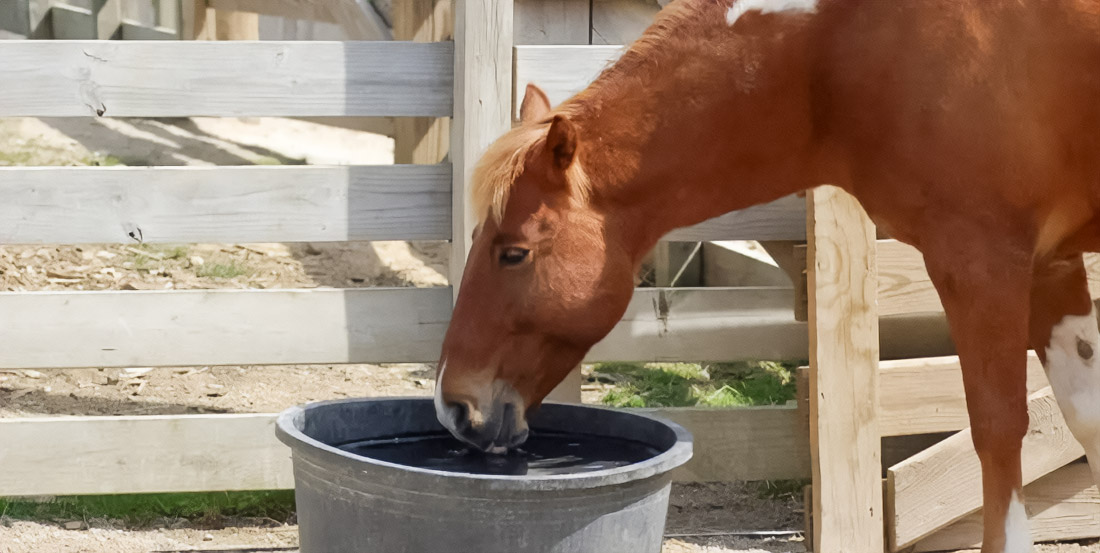Mycotoxins – these toxic compounds form mold fungi and are often found in agricultural crops used to feed animals. These toxins form in conditions of high humidity and temperature, creating a threat to the health of animals. Mycotoxins can remain unnoticed for a long time, as they are difficult to detect without special tests. Influence toxins often manifest only upon the appearance of clinical symptoms in animals. Statistics show that, annually, thousands of cases of mycotoxicosis in agricultural animals are recorded. If you are looking for reliable suppliers of feed for animals, familiarize yourself with horse feed suppliers in dubai.
Vulnerability aging horses: hidden threat age and toxicology

Aging horses undergo physiological changes, such as decreased metabolic activity and a weakening immune system, which makes them more vulnerable to mycotoxins. For example, 60% of horses older than 15 years show decreased metabolism. Decreased effectiveness of digestion and absorption of nutrients also affects susceptibility to toxins. Increasing age increases the threat of mycotoxicosis due to the accumulation of metabolic changes.
Toxic consequences for health: influence mycotoxins on aging horses

- Slow metabolism: increases risk accumulation toxins, increasing duration of their exposure.
- Weakened immunity: increases the probability of infection and remaining toxic effects.
- Clinical signs: loss of appetite, decreased weight, disorders GI tract, and damaged liver.
- Systemic disorders: in severe cases, lead to lethal outcomes, increasing mortality among elderly horses by 30%.
Most dangerous mycotoxins for horses older age: aflatoxin, ochratoxin, and fumonisin

Some mycotoxins are especially dangerous for aging horses. Aflatoxin-caused fungi genus Aspergillus can lead to liver diseases. Ochratoxin, produced by fungi Aspergillus and Penicillium, affects the kidneys and the immune system. Only in the USA are hundreds of cases of mycotoxicosis caused by these fungi recorded annually. High levels of fumonisin can cause a disorder of the nervous system and lead to the fatal disease leukoencephalomalacia. Each of the listed threats requires vigilance and timely diagnostics.
Comprehensive approach to detection and prevention contamination feeds mycotoxins

- Strategy control: regular testing feeds and control conditions storage.
- Quality feeds: use additives, binding mycotoxins.
- Conditions storage: dry and cool places storage, including ventilation and control humidity.
- Diagnostic methods: laboratory examinations in periods increased risk.
Methods analysis mycotoxins in feeds.
Strengthening health aging horses: strategies reduction risk

Effective strategies include balanced nutrition, the use of antioxidants and probiotics, and also regular veterinary examinations. For example, in 90% of cases where applied probiotics, they observed an improvement in immune response. Specialists can recommend adapted diets and additives, increasing resistance to toxins and improving the overall well-being of horses.
Concluding recommendations: responsibility owners and specialists for health horses
Understanding influence mycotoxins on aging horses extremely important. Owners and specialists must realize risks, related with mycotoxins, and take preventive measures. Regular testing feeds, control measures on storage, adapted nutrition and veterinary examinations – these measures capable prevent serious problems with health in aging horses and extend their active years life by 25%.


